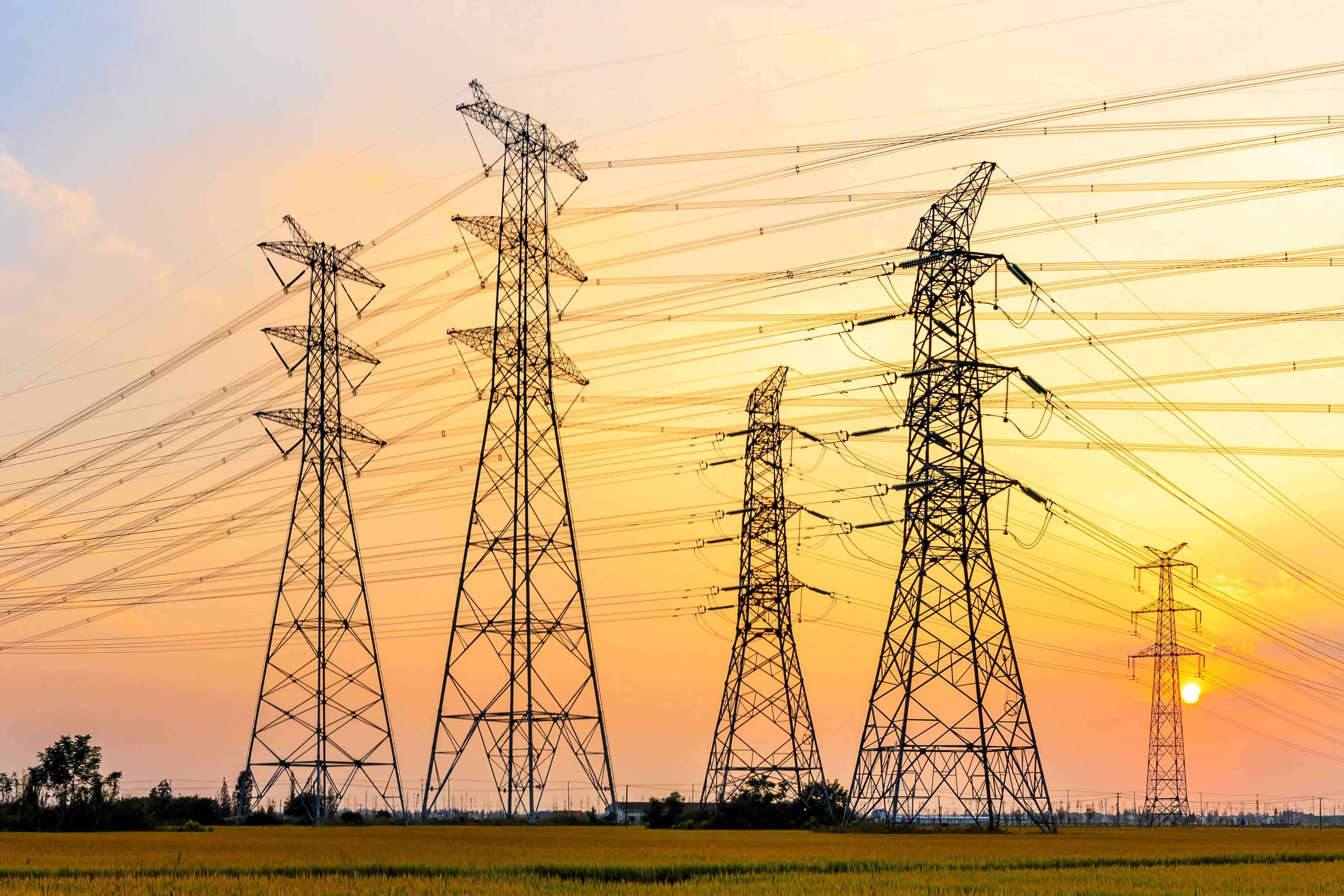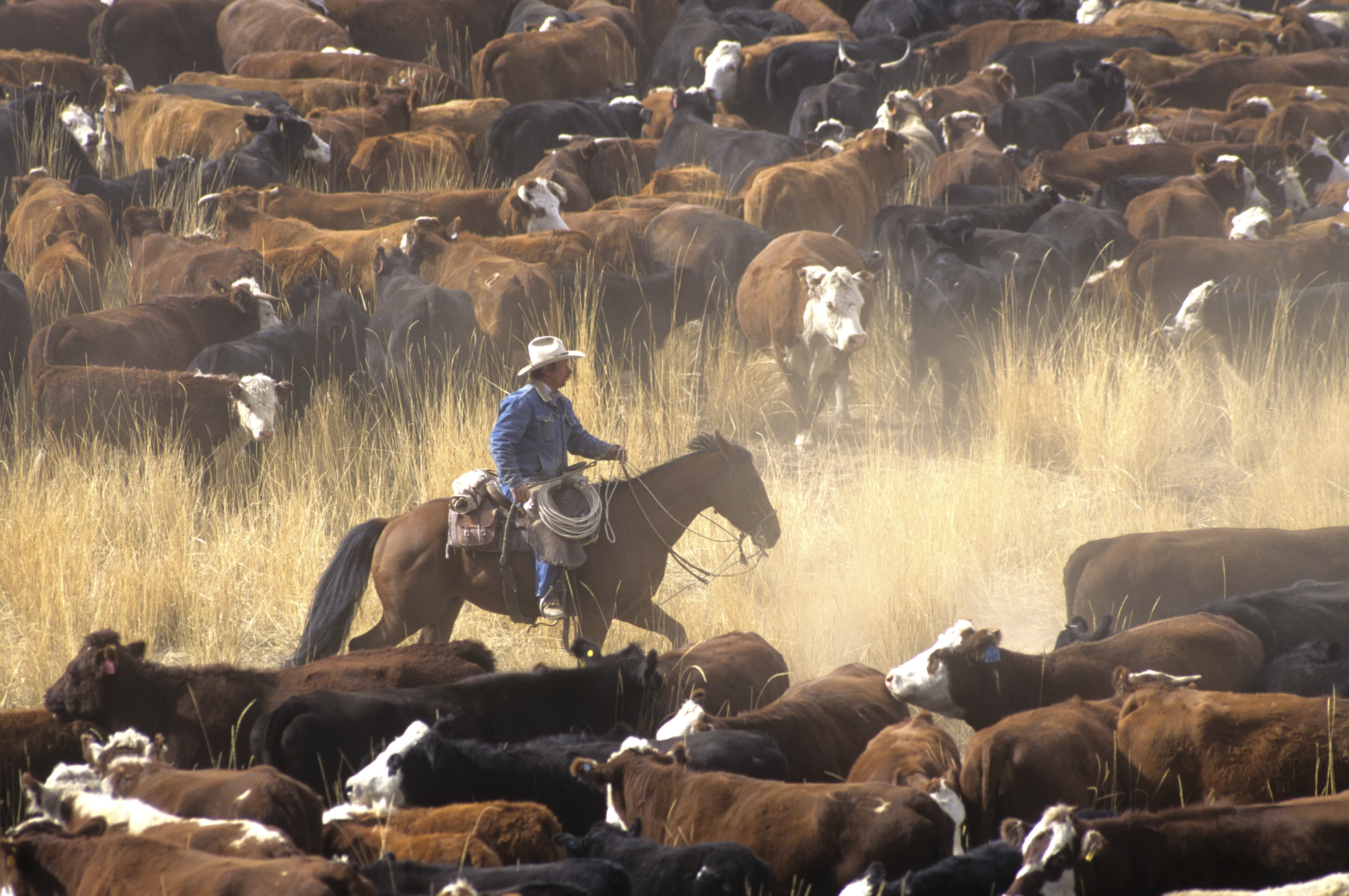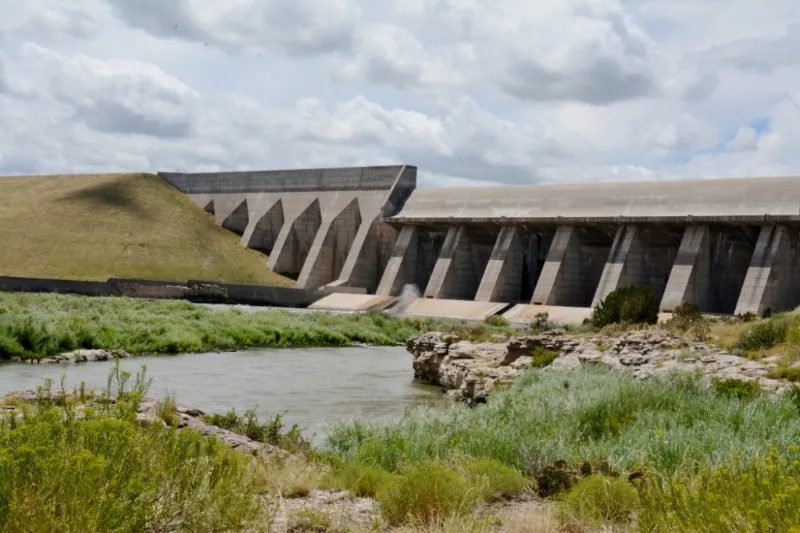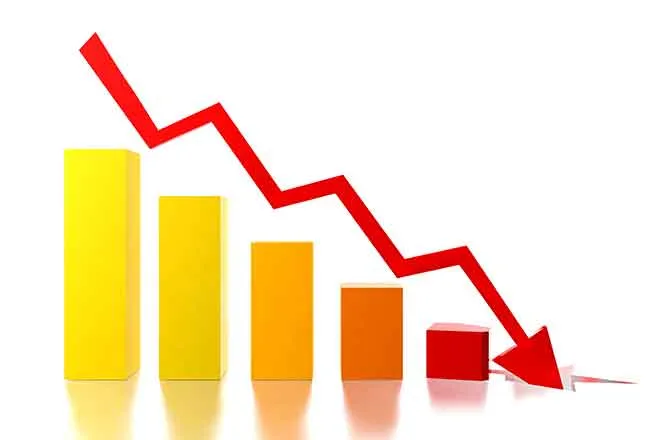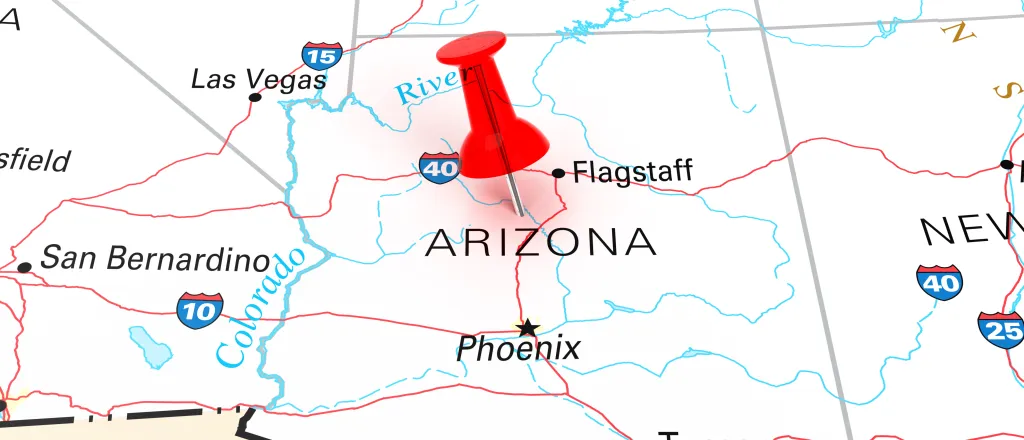
Arizona's population growth leads the West in latest Census estimate
(The Center Square) – More than 94,000 people are calling Arizona home than they did amid the waning months of the COVID-19 pandemic.
The U.S. Census released its annual state population estimates Thursday morning. The measure dips into state births, deaths, immigrants from outside the country and those moving into one state from another. The data is from July 1, 2021, to June 30, 2022.
Arizona’s population, now estimated at 7,359,197, saw a 1.3 percent increase. That makes the state the 5th-fastest growing state in the 12 months ending last summer.
The Copper State’s growth has rebounded from 2020, when the COVID-19 pandemic stunted immigration, new births and accelerated the nation’s death rate. In that year, Arizona saw only 28,436 more residents.
Though the data won’t be broken down by county and city until the summer, last year’s more-detailed Census release showed Maricopa County gained more people than any other. The population center of Arizona added 58,246 people in the 12 months ending in July 2021.
Arizona posted a lower-than-expected decennial count in 2020. The poor showing cost the state a new member of the U.S. House of Representatives for the first time in decades of congressional reshuffling after a Census count is released. Experts blamed the issue on a long-standing difficulty counting immigrants, seasonal residents referred to as “snowbirds,” and the state’s large Native American population.
Last year the state saw a net domestic migration gain of 84,934 people to its population. The additional people, minus those who moved away or died, put the state’s estimated population at 7,264,877 as of July 1 of this year.
Nationally, Sunbelt states such as Arizona, Texas and Florida continue to be the nation’s destination for population growth.
“There was a sizeable uptick in population growth last year compared to the prior year’s historically low increase,” said Kristie Wilder, a demographer in the Population Division at the Census Bureau. “A rebound in net international migration, coupled with the first year-over-year increase in total births since 2007, is behind this increase.”
The Northeast and Midwest continue to shed population in the annual Census measurements.
“While Florida has often been among the largest-gaining states,” Wilder noted, “this was the first time since 1957 that Florida has been the state with the largest percent increase in population.”


